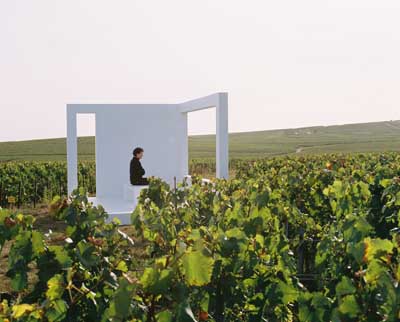
Under the theme of “Conversations With Nature,” this year, six artists from five continents have traveled to Reims and created works of art based on their personal impressions of the landscape they encountered there
Brazilian artist Henrique Oliveira is creating a scuptural installation for Ruinart, preferred champagne house of every self-respecting next gen oligarch, at Frieze London this year. Cleo Scott investigates
Henrique Oliveira’s forms spring out of the ground like inverted roots. A Brazilian-born painter and sculptor who works between his São Paolo and London studios, his large-scale sculptural installations are known as ‘tapumes’, or ‘fencing’ in Portuguese, which reference the wooden construction fences seen throughout São Paolo.
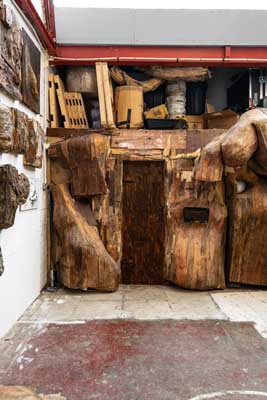
Oliveira is known for his works exploring the tension between nature and urban life
Oliveira uses lengths of stapled wooden tubing to create organic forms, which are then covered in layers of thinly applied wood, which he selects for their weathered and knotted surfaces. This results in bark-like forms that are at once natural and supernatural.
Oliveira’s project for ‘Conversations with Nature’, part of the Carte Blanche 2024 artists’ initiative from chi-chi Champagne house Ruinart, draws inspiration from the underground world of the Champagne region.
Follow LUX on Instagram: @luxthemagazine
From a network of chalk pits that provide the ideal environment for vines to grow, to the wine cellars of Ruinart, there seems to be as much life beneath the soil as above. Oliveira unearths this subterranean realm. His forms are roots of vines climbing above ground, seemingly alive in their writhing and twisted compositions.
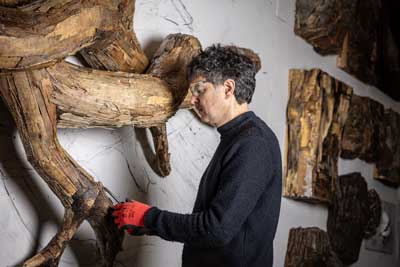
While Oliveiras paintings evoke an organic proliferation of colors, his sculptures create the illusion of vegetal roots emerging in the urban environment
Forms are taken directly from nature and created using its very materials. However, the impossible distortion and scale of the work introduces an element of the supernatural – something beyond nature – only possible with the hand of man.
Ruinart’s Carte Blanche – not to be confused with Ruinart Blanc de Blancs, the maison’s all-Chardonnay champagne which is the daily pick-me-up of the ultra high net worth party set – this year brings together an international group of artists who centre their work around their connection and commitment to the natural world
Read more: Joel Mesler’s Californian Art at Château La Coste
Six artists travelled to the Champagne region, invited by Ruinart to use their diversity of mediums and practices to ‘converse’ with the landscape of the Maison Ruinart vineyards. Of this collective, the work of Henrique Oliveira and Marcus Coates will be exhibited within the Ruinart Art Bar at Frieze London, amid a backdrop of much Blanc de Blancs imbibing, from October 9th to 13th.
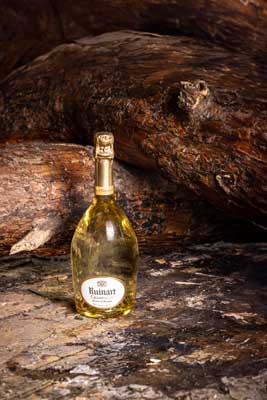
His art is sensitive to sustainable development issues and draws inspiration from the parasitic dimension of these structures, while also highlighting the importance of a mindful use of natural resources
Oliveira’s work embodies the relationship between man and nature at the heart of Ruinart and its Carte Blanche. In observation, understanding, and conversation with his subject, Oliveira breaks down the vine and reconstructs it, rather like the journey of the grape from a vineyard to the bottling of champagne – and onwards to the upper pool deck of that yacht moored off Pampelonne beach.
Find out more: runairt.com

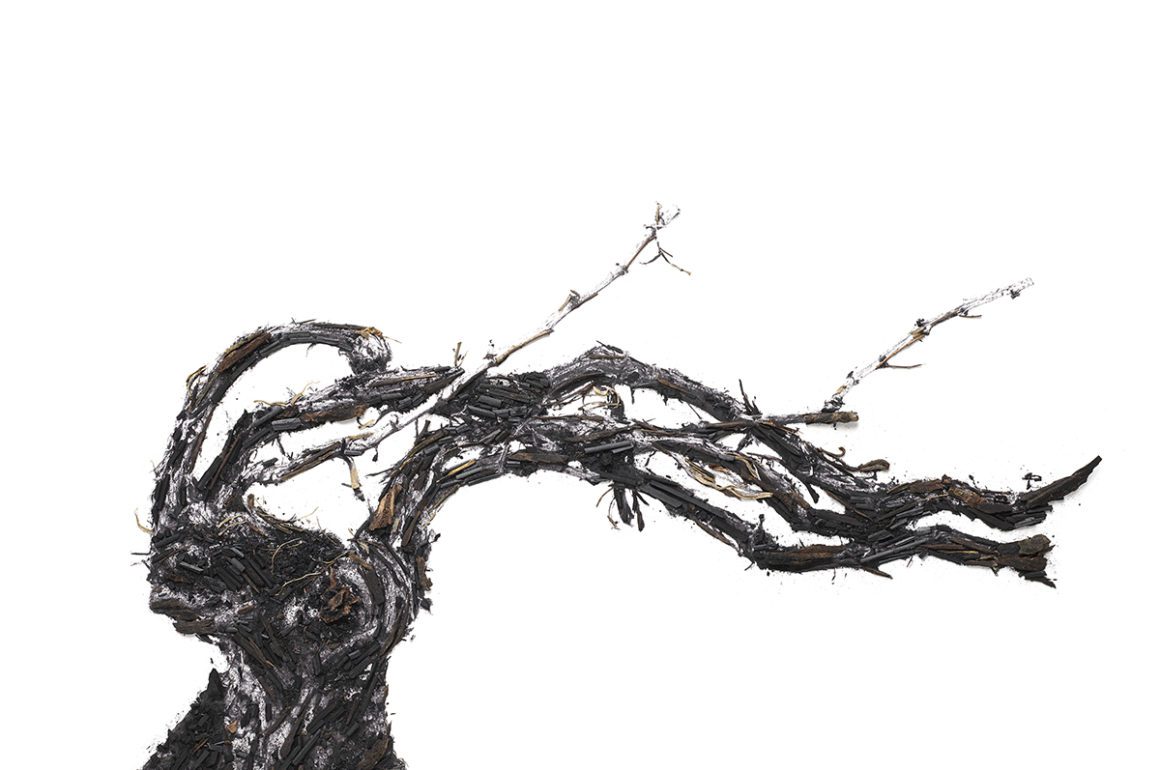
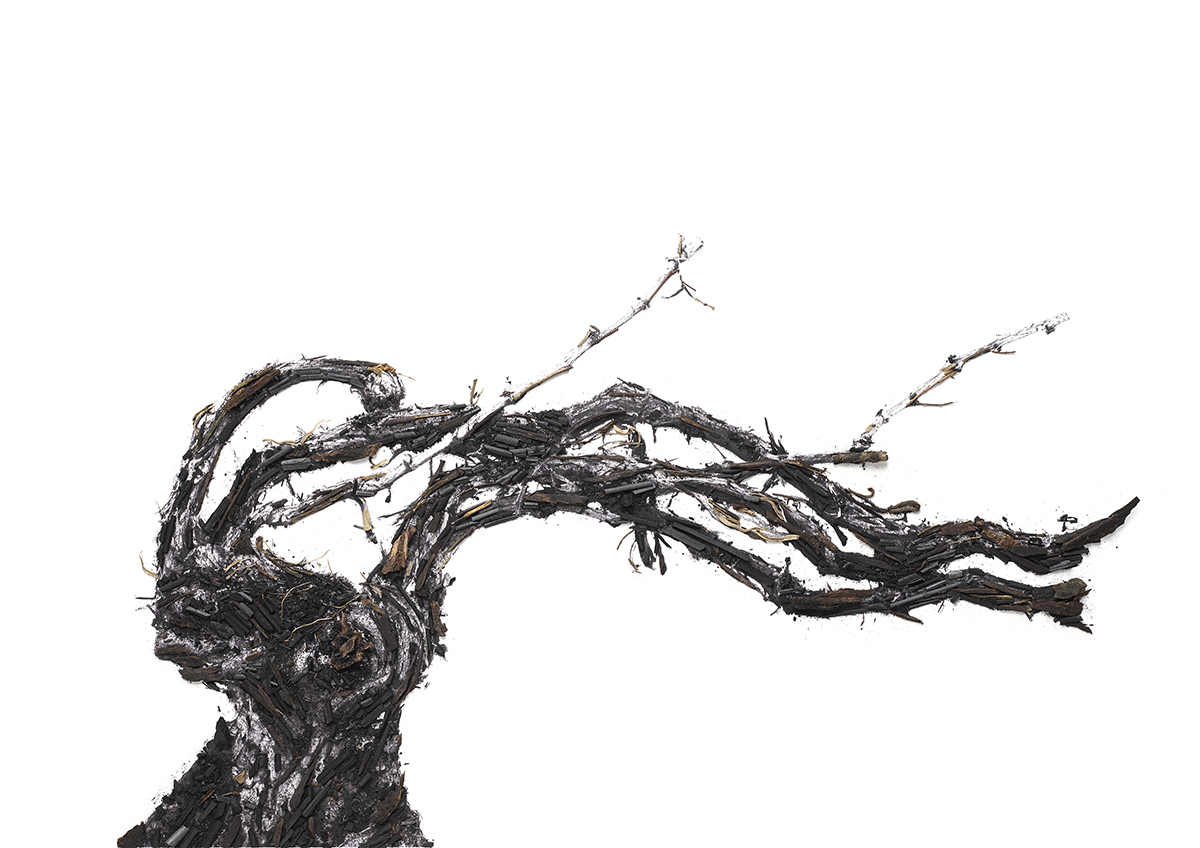





Recent Comments